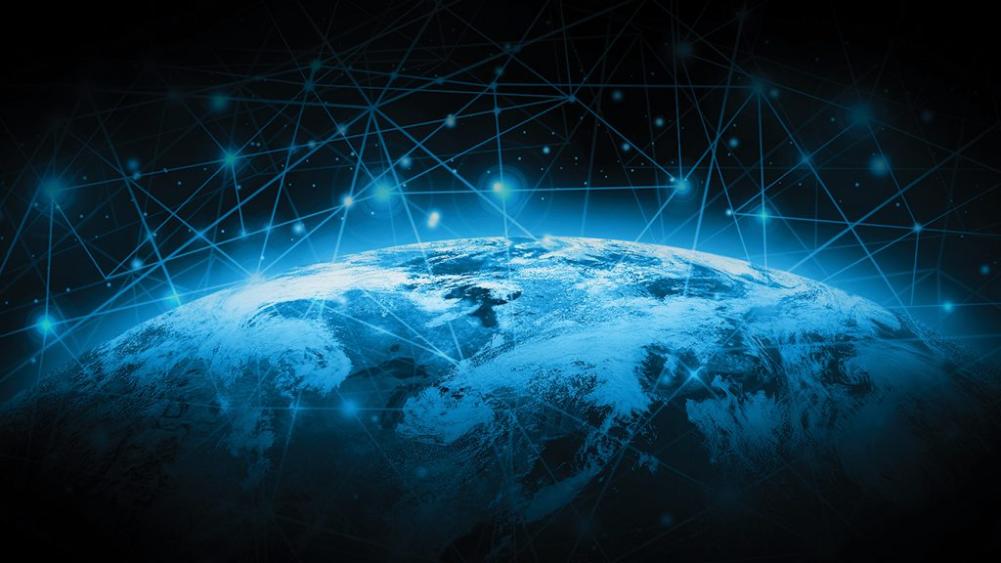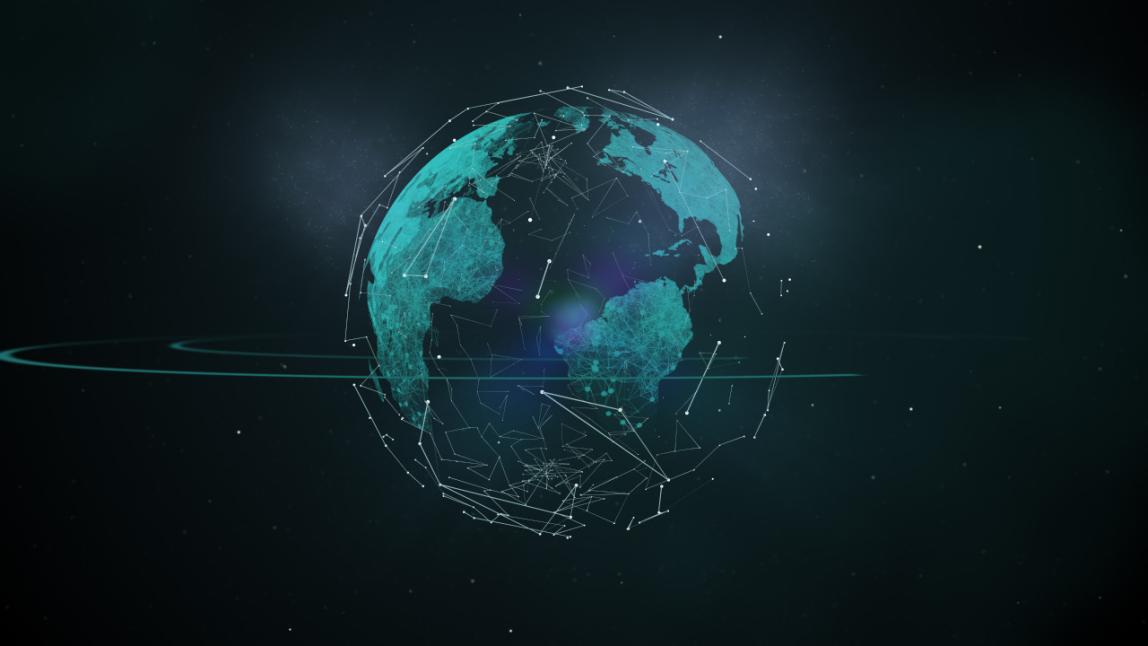How Can I Access Satellite Data?
Satellite data is a valuable resource for a wide range of applications, including agriculture, forestry, environmental monitoring, and urban planning. With the increasing availability of satellite data, there are more opportunities than ever before to access and use this data for research and decision-making.

Types Of Satellite Data
There are many different types of satellite data available, each with its own unique characteristics and applications. Some of the most common types of satellite data include:
- Optical imagery: Optical imagery is captured by satellites that use visible light to create images of the Earth's surface. Optical imagery can be used for a variety of applications, including land use mapping, vegetation monitoring, and disaster response.
- Radar imagery: Radar imagery is captured by satellites that use radar waves to create images of the Earth's surface. Radar imagery can be used for a variety of applications, including forest mapping, soil moisture monitoring, and flood mapping.
- Hyperspectral imagery: Hyperspectral imagery is captured by satellites that use hundreds or even thousands of different wavelengths of light to create images of the Earth's surface. Hyperspectral imagery can be used for a variety of applications, including mineral exploration, crop stress detection, and environmental monitoring.
- Thermal imagery: Thermal imagery is captured by satellites that use infrared sensors to measure the temperature of the Earth's surface. Thermal imagery can be used for a variety of applications, including energy efficiency audits, wildfire detection, and volcano monitoring.
- Lidar data: Lidar data is captured by satellites that use laser pulses to measure the distance between the satellite and the Earth's surface. Lidar data can be used for a variety of applications, including topographic mapping, forest canopy height measurement, and coastal erosion monitoring.
Sources Of Satellite Data
There are many different sources of satellite data available. Some of the most common sources include:
- Government agencies: Government agencies such as NASA, the USGS, and the ESA operate a number of satellites that collect data for a variety of purposes. This data is often available to the public for free or at a low cost.
- Commercial satellite companies: Commercial satellite companies such as Planet Labs, Maxar, and DigitalGlobe operate a number of satellites that collect data for a variety of commercial purposes. This data is often available for purchase, but it can be expensive.
- Non-profit organizations: Non-profit organizations such as OpenAerialMap and the World Resources Institute collect and distribute satellite data for a variety of purposes. This data is often available to the public for free or at a low cost.
Accessing Satellite Data
The process of accessing satellite data can vary depending on the source of the data. However, there are some general steps that you can follow to access satellite data:
- Identify the desired data type and source: The first step is to identify the type of satellite data that you need and the source of the data. You can use the information in the previous sections to help you make this decision.
- Register for an account or obtain necessary permissions: Some sources of satellite data require you to register for an account or obtain necessary permissions before you can access the data. Follow the instructions provided by the data source to obtain the necessary credentials.
- Search for and download the data: Once you have the necessary credentials, you can search for and download the satellite data that you need. Many data sources provide online tools that you can use to search for and download data.
- Preprocess the data for analysis: Once you have downloaded the satellite data, you may need to preprocess the data before you can analyze it. This may involve tasks such as converting the data to a different format, removing noise from the data, and correcting for errors in the data.
Tools And Resources For Satellite Data Analysis

There are a number of software tools and resources available to help you analyze satellite data. Some of the most common tools include:
- GIS software: GIS software such as ArcGIS, QGIS, and gvSIG can be used to visualize, analyze, and manage satellite data. GIS software can be used for a variety of applications, including land use mapping, vegetation monitoring, and disaster response.
- Remote sensing software: Remote sensing software such as ENVI, ERDAS Imagine, and PCI Geomatica can be used to process and analyze satellite data. Remote sensing software can be used for a variety of applications, including image classification, change detection, and spectral analysis.
- Cloud-based platforms: Cloud-based platforms such as Google Earth Engine and Amazon Web Services provide access to a variety of satellite data and tools for analyzing the data. Cloud-based platforms can be used for a variety of applications, including land use mapping, vegetation monitoring, and disaster response.
Challenges And Limitations Of Satellite Data Access
There are a number of challenges and limitations associated with accessing satellite data. Some of the most common challenges include:
- Data availability and coverage: The availability and coverage of satellite data can vary depending on the type of data and the source of the data. Some areas of the world may have more satellite data available than others.
- Data quality and accuracy: The quality and accuracy of satellite data can vary depending on the sensor used to collect the data and the processing methods used to create the data. It is important to be aware of the quality and accuracy of the data before using it for analysis.
- Data licensing and costs: Some sources of satellite data require you to purchase a license before you can use the data. The cost of a license can vary depending on the type of data and the source of the data.
- Technical expertise required: Working with satellite data can be complex and requires technical expertise. It is important to have the necessary skills and knowledge to work with satellite data before attempting to use it for analysis.

Satellite data is a valuable resource for a wide range of applications. With the increasing availability of satellite data, there are more opportunities than ever before to access and use this data for research and decision-making. However, there are a number of challenges and limitations associated with accessing satellite data. It is important to be aware of these challenges and limitations before attempting to use satellite data for analysis.
Despite the challenges, satellite data is a powerful tool that can be used to address a wide range of problems. By making satellite data more accessible, we can empower people to use this data to make better decisions and improve their lives.
YesNo

Leave a Reply